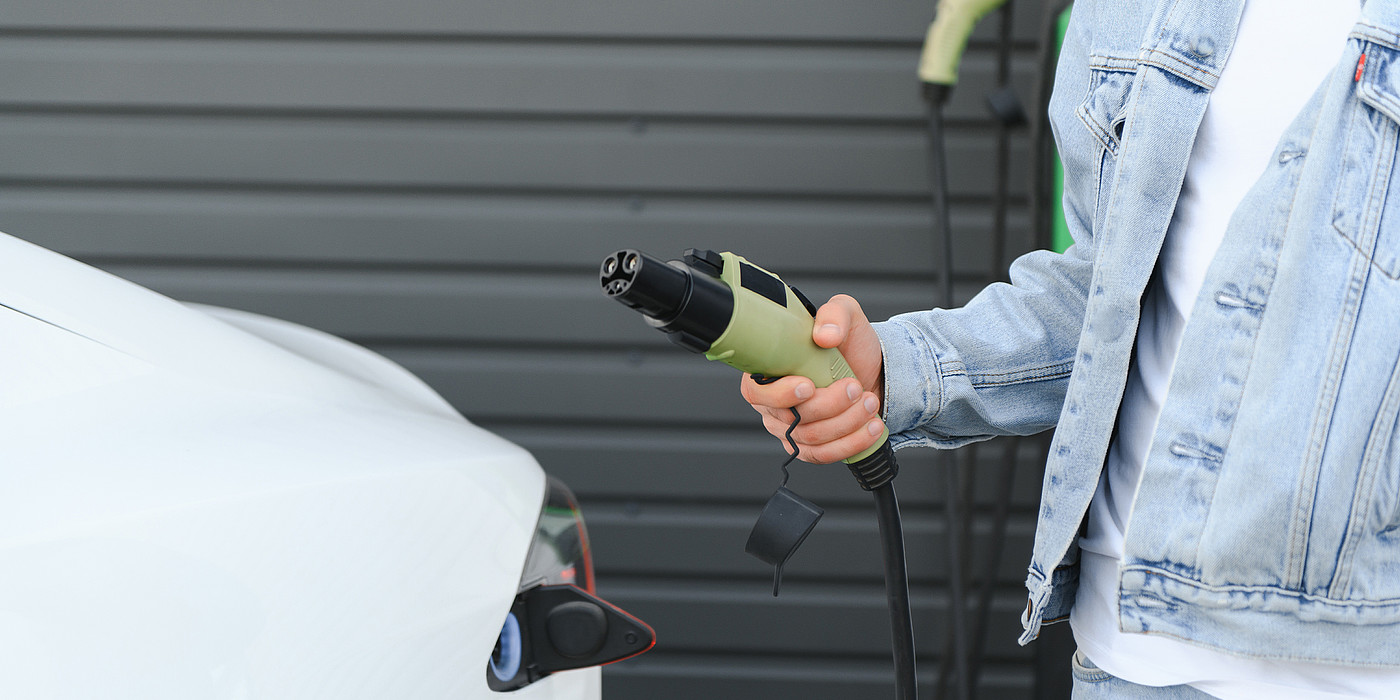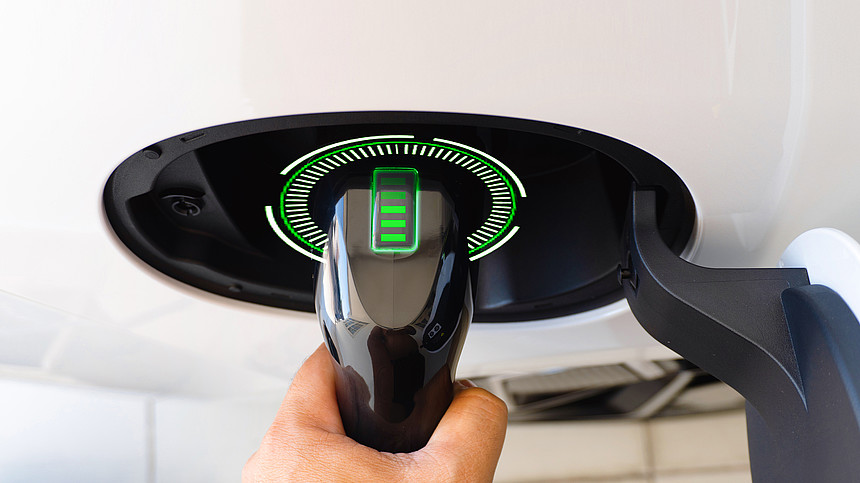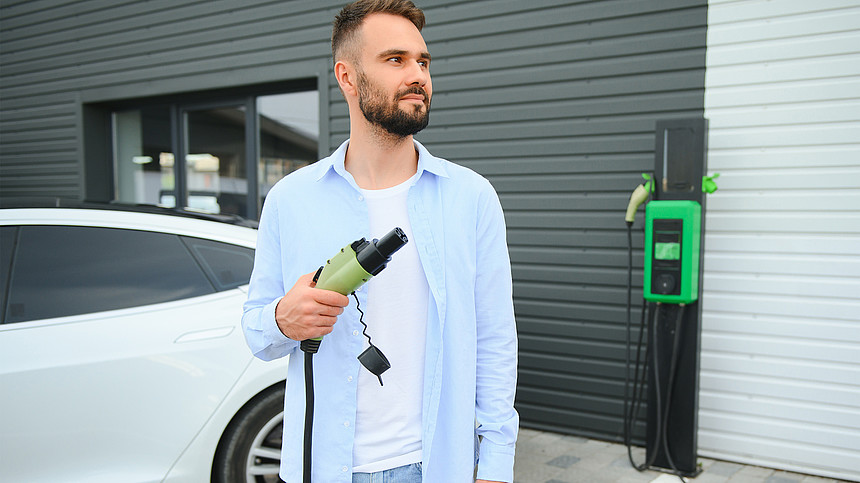It is no secret that charge station complications are one of the main reasons electric vehicle adoption has been slower than desired in the United States. Refueling is a simple process for gas-powered vehicles – Simply use a payment method of your choice, select your fuel grade, and wait 2-5 minutes for the tank to fill up. In EVs however, the process can be much more convoluted. There are numerous charge station networks across the US, various plug types across different vehicles, and a multitude of apps and payment processes making authentication challenging just to name a few. After all of that, there may be grid issues that either reduce charging speed significantly or make it impossible to charge at all. In our Tech Insights article available at https://insights.edag.com/en/plug-and-charge-charging-electric-vehicles, we overviewed how Plug & Charge is being implemented by many OEMs with the goal of solving the authentication issues facing EVs on the road today. While this is certainly a step in the right direction, perhaps there is a more fundamental issue could be solved to provide a larger benefit to EV users and increase adoption across the US.
In part to combat this, Tesla took the approach of creating their own network of charging stations. With all of their stations specifically designed to exclusively service their own vehicles, they were able to greatly reduce interoperability concerns and issues that could have plagued their drivers. Other OEMs, at least initially, took the approach of working with outside companies like Electrify America, EVgo, ChargePoint, and other players in the EV charging space. While this approach comes with its own benefits such as rapidly scaling to a high number of possible chargers for your customers to use and low investment cost, it opened them up to many of the interoperability issues that Tesla users were able to avoid. Tesla started fairly early in deploying their own charging stations, launching the Supercharger network in 2012. With one of the largest networks in the US, chargers capable of a 250kW speed (and soon to be higher with their V4 model), and their own version of plug & charge already operational, Tesla’s network has a great reputation for reliability and ease of use.
As mentioned above, one of the outstanding issues that makes EV usage more complicated is the multitude of plugs used across different vehicles. In the US, vehicles use CCS1 (Combined Charging Standard), CHAdeMO (Japanese standard), and NACS (North American Charging Standard) in the case of Tesla vehicles. Hybrid vehicles simply use the J1772 plug used for AC charging, which is “built in” to the CCS1 plug, hence the “Combined” portion of its name. Around the same time that many OEMs agreed to use CCS (1 or 2 depending on US or EU region), Tesla was developing its own proprietary plug for use in its vehicles and charging network. This plug was renamed to NACS in 2022 and opened the standard to the rest of the industry in an effort to convince other OEMs that NACS should be the common plug for EVs in the US.
Initially not much happened following this decision by Tesla. However, towards the middle of 2023 and continuing throughout the year, OEMs began to commit to adopting NACS for their EVs. Ford was the first major automaker to announce their commitment, with GM, Rivian, Volvo, and almost all others following suit. At the end of 2023 it was announced that VW, Audi, Porsche, and Scout Motors would all be implementing NACS into their future vehicles. With a majority of OEMs committing to use NACS for future vehicles, perhaps the icing on the cake was when SAE published the J3400 standard aimed to standardize Tesla’s NACS plug. Automakers around the world previously worked with standards such as DIN 70121 and ISO 15118 (with Plug & Charge being included in 15118-2). Standards provide a useful common framework for companies to work to, fostering a streamlined process for collaboration and innovation. With a development time of only roughly six months used for the new J3400 standard, a clear message was sent that NACS is here to stay and the industry recognizes that commonization is needed to increase EV adoption in the US.
While this newly published standard is a great step in the right direction, it’s unrealistic to assume that all interoperability problems that have faced EV drivers will be solved overnight. The new framework will be beneficial, but development work and testing will still be required to achieve products and user experiences that are desirable to the public. EDAG is uniquely positioned as an independent engineering service provider to work with both sides of the industry, automakers as well as charge station manufacturers and operators. Consistently staying up to date with state-of-the-art technologies and industry shifts is one way that we bring the best possible solutions to our customers.


